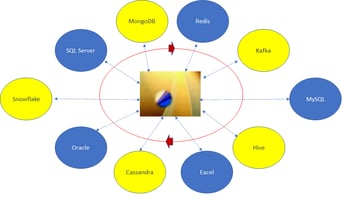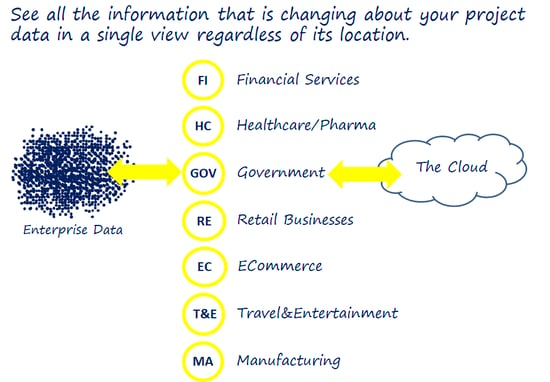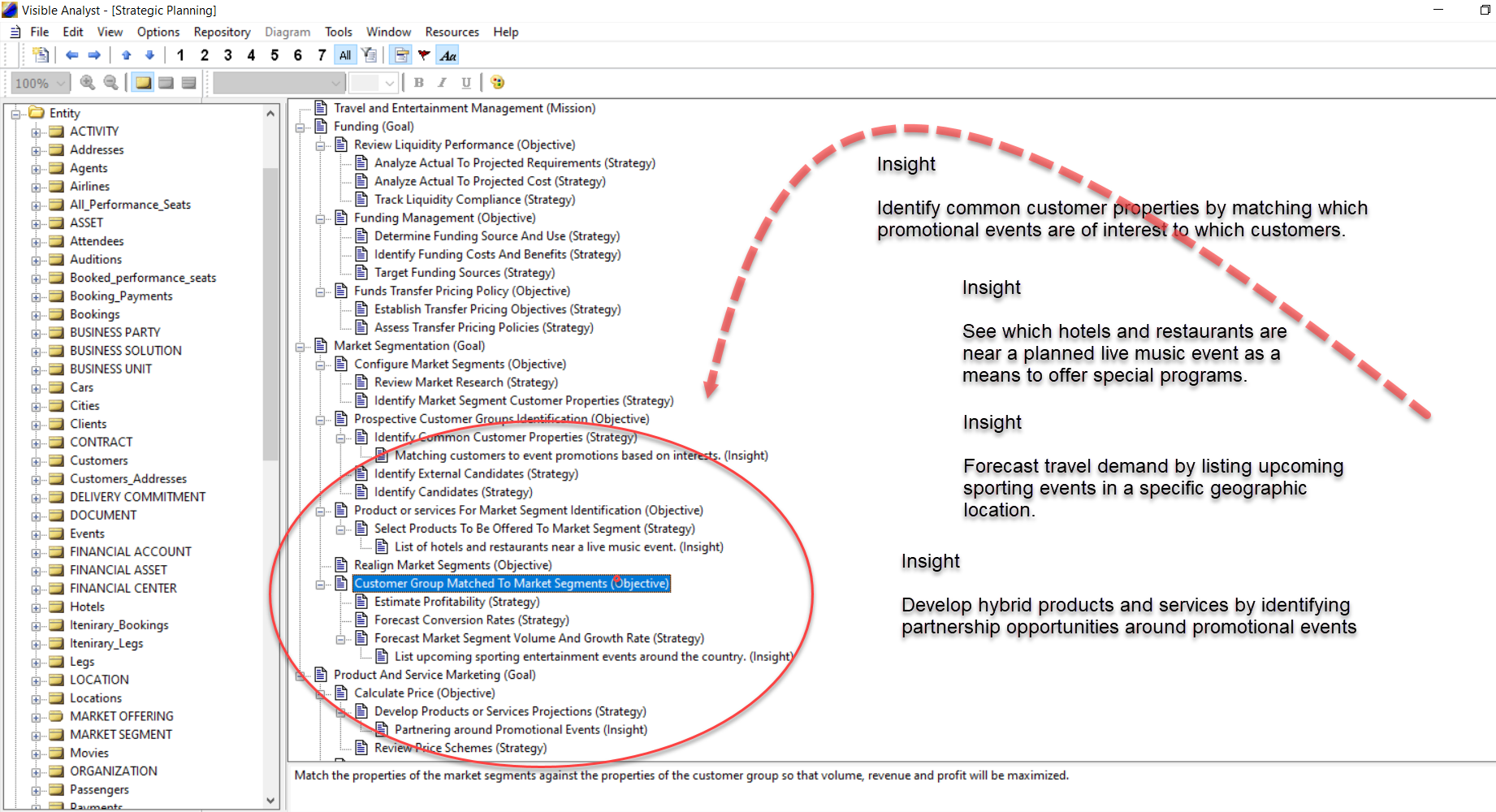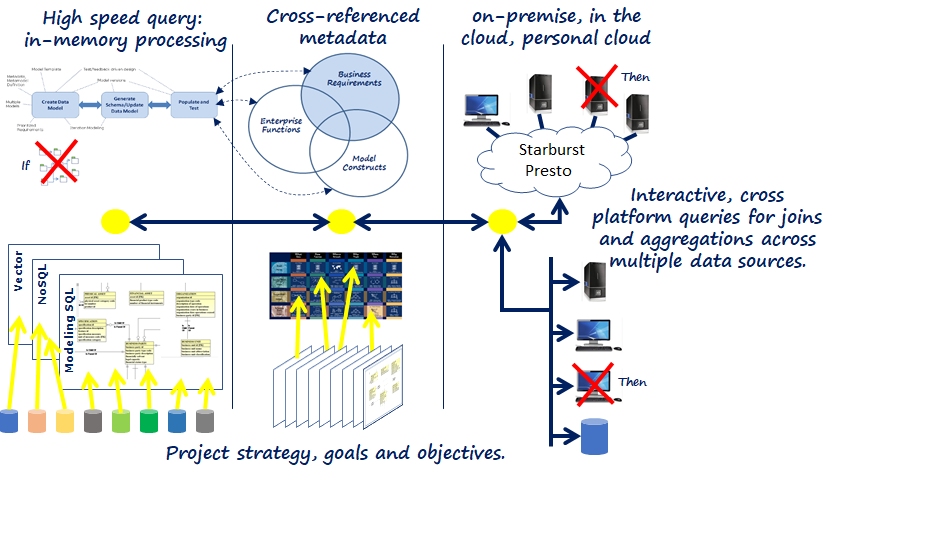
Democratize Your Project Data
Understand the impact of change on your project.
Leverage industry templates to level set your project goals and objectives - saving time and money.
Easily cross reference project data stored in spreadsheets, applications and external systems.
Know your project cost and benefits by measuring business outcomes around KPIs.
Work fluidly with your team to speed up collaboration and communication.
Gain insights to inform your strategy and better manage your project.
Step 1
Define your goals, objectives and strategy.
For Project Goals, be sure to follow the SMART methodology.
Project goals can be described as: outcome statements that define what an organization is trying to accomplish both programmatically and organizationally.
Be sure to define your goals as being:
- Specific
- Measurable
- Attainable
- Relevant
- Time-bound
- Choose objectives based on your strategy.
- Consider all four “perspectives” when creating strategic objectives.
- Follow the “Verb + Adjective + Noun” format.
- Create “strategic objective statements” that clarify intent.
Your Project strategy is the approach you take to achieve your project goals and outcomes. It is typically accompanied by KPIs which are metrics that you set up as a means of measuring the effectiveness of your project strategy.
Step 2
Connect your strategy to the appropriate data.
This is your chance to bring data into focus.
- Discover data.
- Relate data to your strategy.
- Catalog data for reuse.
Pull in data from spreadsheets, legacy systems, newly developed applications and private or public networks whether they be on-premise or cloud-based data sources. Using pre-built connectors, visualize data models to see data relationships and classifications so you know what, where and how to connect the appropriate data to your business strategy.
Here is a partial list of type of data sources you can connect to:
- Snowflake, Redshift, Teradata
- ORACLE, MySQL, SQL Server, DB2, SAP and
- Hive, Cassandra, MongoDB, PostgesSQL, Kafka

Step 3
Derive insights to inform your strategy.
Get powerful context-based insights to inform your strategy.
Create insights using no-code, configurable, easy drag-and-drop functions designed for you to
- Query fast and often - run interactive queries.
- know "what to ask first" and "what to ask next"
- Drill down - using iterative search capabilities.
- reach a point where you can easily make decisions.
- Trust the data using the rules derived from your business.
- analyze data within the context of your strategy.
- Derive insights through data discovery.
- discover data beyond the well prescribed data typically found inside of your organization.
Step 4
Easily share and discuss Project insights.
Share and discuss - enable your team to collectively make more informed decisions.
FAIR Benefits from democratizing your project. Data is now ...
- FIndable
- Accessible
- Interoperable
- Reusable
And having more knowledge about your Insights, for instance:
- Who generated or collected the data?
- How was it processes if at all?
- Has it been published before?
- Does it contain data from another source?

Travel and Entertainment Industry Template
Whether you are getting ready to launch a new promotional event or better understand the travel needs of your customers, take a look here to see what our platform provides to you.
The benefits of using one of our industry project templates are:
- Project transparency and reusability
- Recompose business models and reuse these in future projects.
- Use common vocabularies, ontologies and glossaries.
- Discover data within the proper context.
- Reuse industry template definitions across future projects.

Platform Architecture
Enables you to gain insights into your strategy in order to make tactical adjustments.

The headline and subheader tells us what you're offering, and the form header closes the deal. Over here you can explain why your offer is so great it's worth filling out a form for.
Remember:
- Bullets are great
- For spelling out benefits and
- Turning visitors into leads.
